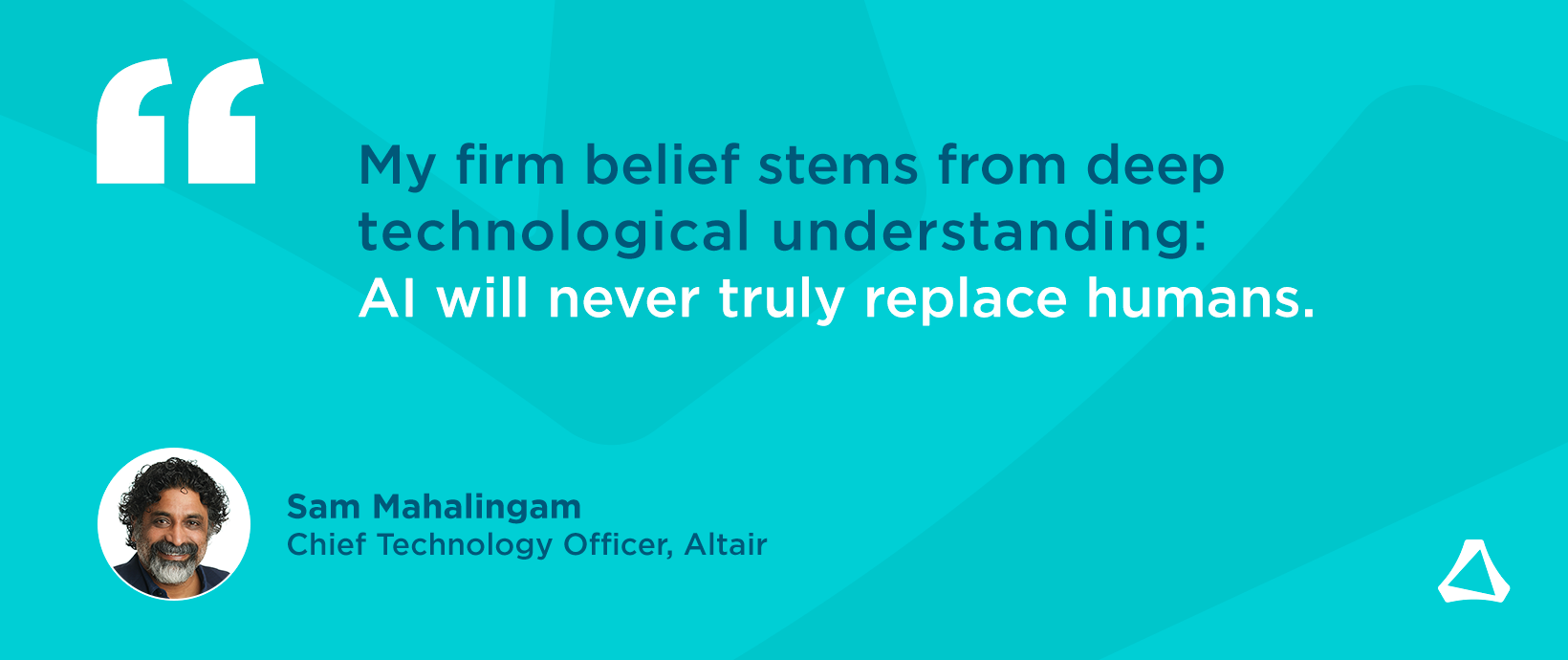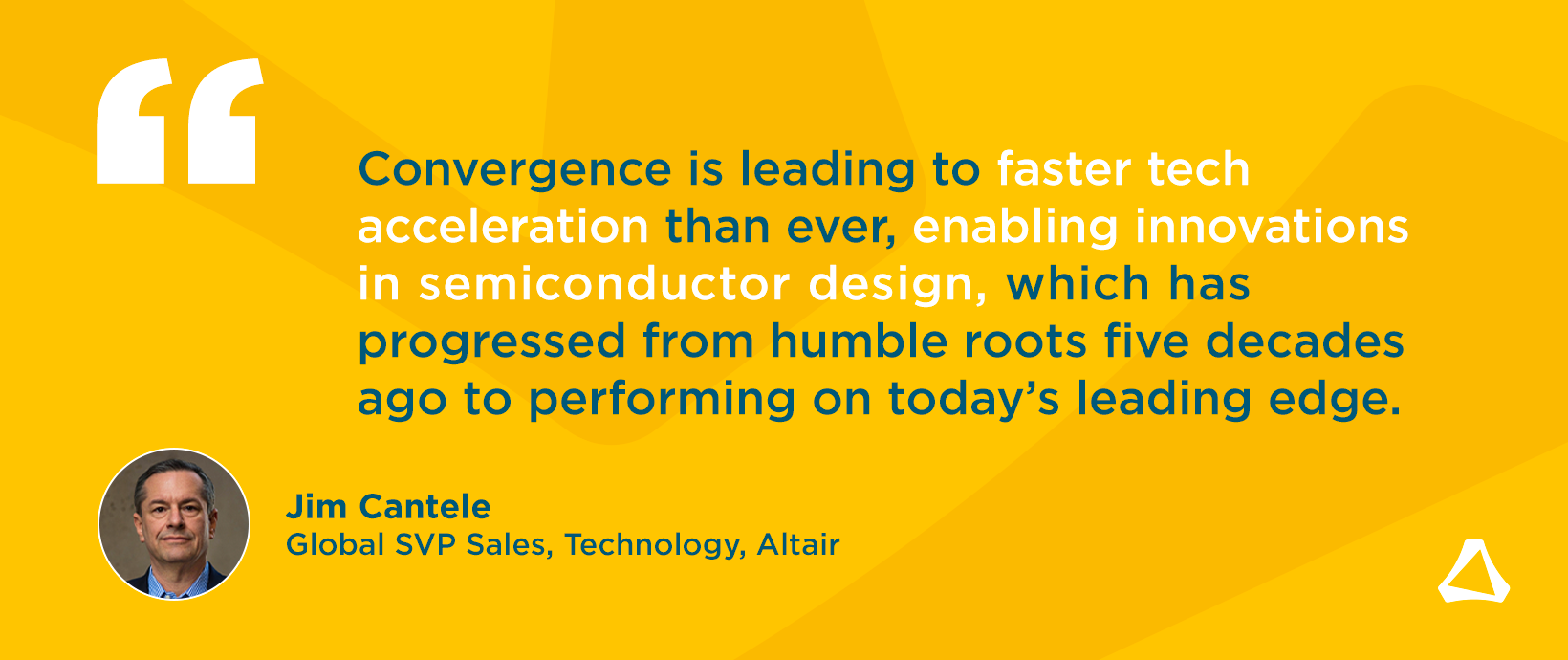Smarter Design for Smart Designs

We’re definitely living in the age of smart. From doorbells to vacuum cleaners, a new generation of interactive, connected and conversational devices is becoming embedded in the fabric of everyday life. Popular enthusiasm for products that can offer us some added intelligence appears to have few limits.
For consumer electronics designers, it’s a revolution that combines compelling opportunities with profound challenges. To start with, this new wave of smart technology is characterized by the breadth of physics involved in their creation. Take the once-humble coffee maker; today, it can be app-enabled, and linked to Alexa or Siri to provide voice activated, fully personalized brewing, and automatic re-ordering of your favorite beans. Alongside traditional thermal and structural considerations, we’re therefore dealing with some sophisticated electronics and connectivity. Given that the sound of coffee being made is very much part of the experience, you can add acoustics to the mix too. And none of these attributes exists in isolation. The interactions between them will help to define the performance – and consumer experience – of the finished product.
The pressures on smart product development don’t end there. We also need to factor in ever-higher expectations of what smart devices can deliver, and at what price. For product designers and engineers, meeting exacting requirements for perceived quality must go hand-in-hand with rigorous cost control.
Perhaps even more striking is the speed at which technological progress is shrinking the product lifecycle. Original equipment manufacturers (OEMs) simply cannot afford to see their expected return on investment eroded by competitors beating them to market.
Unfortunately, the design processes employed by OEMs are often ill-equipped to handle these new realities. Traditionally, they’re based on an approach where each attribute is handled discretely, by different designers using different software for design, simulation, and manufacturing without any interoperability to work on different models. Periodic integration of the various physics is almost invariably slow, labor-intensive and error prone. By the time system issues come to light, considerable design effort has already been expended.
It’s a problem we addressed head-on in a recent series of webinars. They aim to demonstrate how a single mode, multi-attribute with multi-physics platform can dramatically cut the time it takes to commercialize smart product concepts. What’s more, our solution enables a change in the number of simulations that can be run, offering far more potential for improved outcomes.
To illustrate the benefits, we like to draw a comparison with track and field athletics. The traditional workflow reflects a 400-meter relay, with each member of the design team (hopefully) passing on the baton to the next. With Altair’s alternative – based on our philosophy of simulation-driven design – it’s more like a 100-meter sprint. Everyone in the design team is free to go straight to the finish line, simultaneously.
Fortunately, we’re better at collaborative, multi-physics simulation than sporting analogies. In our webinars, we use the example of a smart speaker design for a deeper dive into how Altair’s integrated platform can bring various design attributes together in a single model, explore the interactions between them in real-time, and run more of the ‘what-ifs’ that inform better decision making and reduce prototypes.
Why a speaker? We believe it embodies many – if not all – of the challenges inherent in smart product design. It’s definitely a great example of how designers are facing a world in which everything is connected. In forthcoming blog posts, we’ll use our smart speaker case study for a more detailed look at how we can reimagine design processes and realize the benefits of a truly team-based working environment. In the meantime, please do check out the webinars.




